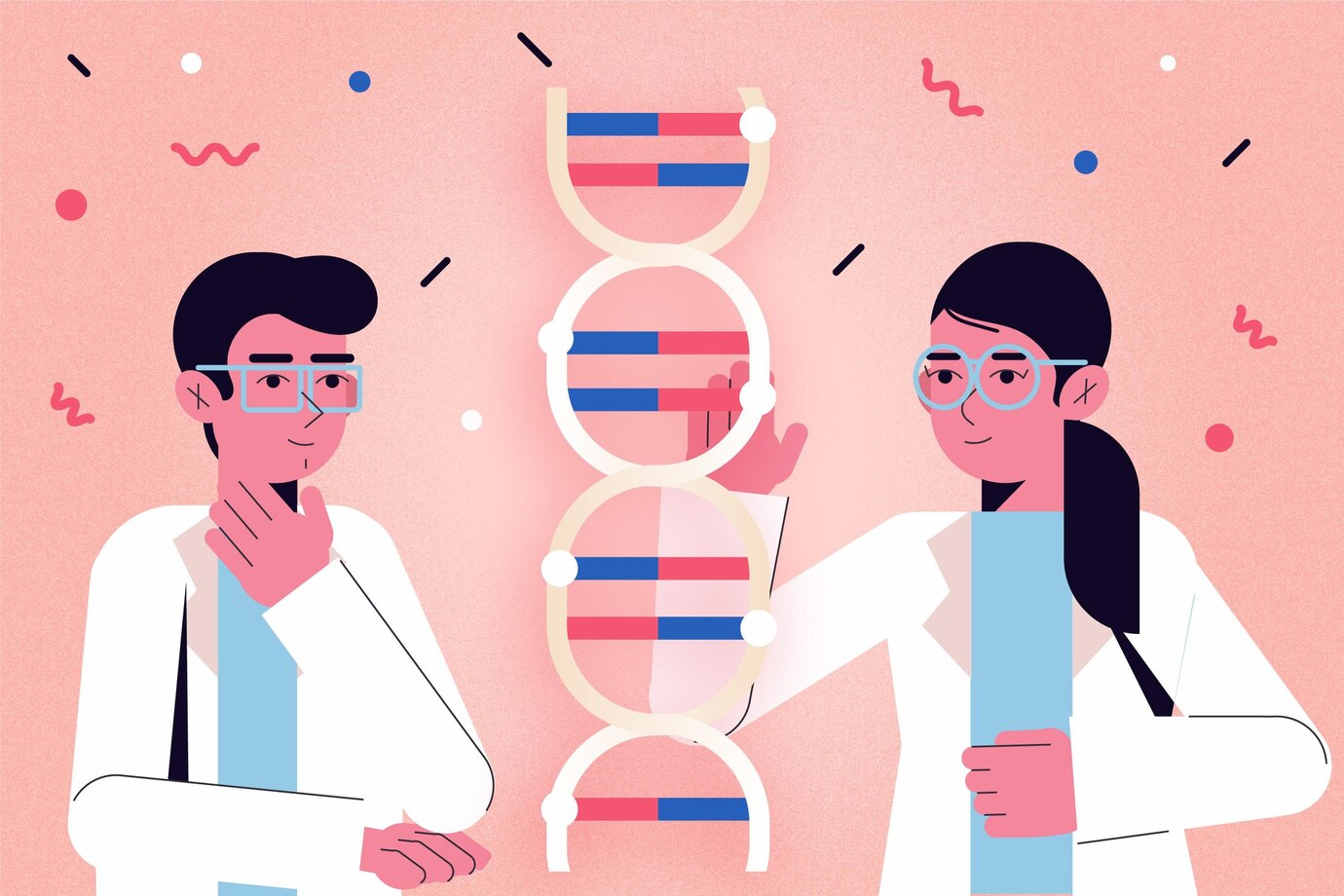
Understanding Keloids and Ethnicity: The Role of Genetics in Scar Formation
Have you ever wondered why some people are more prone to developing keloids than others? The answer lies in a complex interplay of genetics, race, and environmental factors. Let’s explore how ethnicity influences the formation of keloid scars and what you can do about it.
Keloids Across Different Ethnicities
Keloids are more common in people with darker skin tones, such as African, Hispanic, and Asian ethnicities. However, they can affect individuals of any race.
The Genetics Behind Keloids
Genetics play a significant role in keloid formation. If your parents or close relatives have keloids, you’re more likely to develop them too. Certain genetic variations can make your skin more susceptible to forming these raised scars.
Ethnicity and Skin Characteristics
People with darker skin tones tend to have higher levels of melanin, the pigment that gives skin its color. While melanin provides some protection against UV radiation, it also increases the risk of developing keloids. Additionally, differences in skin structure and healing processes between ethnic groups can influence keloid formation.
Environmental Factors
Although genetics play a crucial role, environmental factors such as trauma to the skin, surgery, infections, and even hormonal changes can trigger keloid formation. People of all ethnicities are susceptible to these triggers, but their impact may vary based on genetic predisposition.
Coping with Keloids
If you’re prone to keloids, there are steps you can take to manage them:
- Early Treatment: Address keloids promptly before they grow larger and more difficult to manage.
- Consult a Dermatologist: A dermatologist can recommend appropriate treatments, such as corticosteroid injections, silicone gel or sheets, laser therapy, or surgical removal.
- Follow Post-Treatment Care: Adhering to your doctor’s instructions for post-treatment care is essential to minimize the risk of recurrence.
- Protect Your Skin: Use sunscreen to protect your skin from UV radiation, which can darken keloids and make them more noticeable.
Conclusion
Keloids can be a source of frustration and self-consciousness, but understanding the role of ethnicity and genetics in their formation can help you better manage them. By taking proactive steps and seeking appropriate treatment, you can minimize the impact of keloids on your skin and quality of life.
To seek medical advice, always consult a Doctor. Here are our recommended EXPERTS. Click here
To read more on SKIN. Click Here


